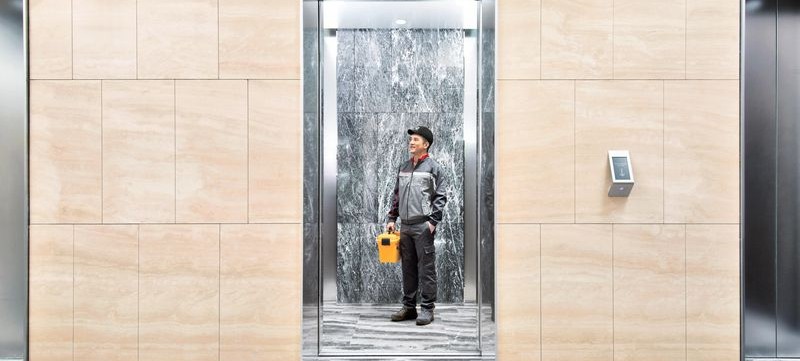Home elevators are becoming increasingly popular. Whether the elevator is installed for the convenience of an elderly family member or for a general purpose, lifts make everyone’s lives simpler. When it comes to installing a new elevator, most people have certain misconceptions. In fact, these myths have become quite widespread and most homeowners discuss them at the time of installation.
Table of Contents
Concerns when Installing a New Elevator
There are many things in your mind when you are installing a new home elevator. This includes:
- The type of elevator that best serves your purpose
- Customization options for your home elevator
- Initial cost of installation and maintenance costs in the long term – frequency of servicing
- Need for modifications, if any, to your property
- The time it will take to install the elevator
- The safety & security features of the type of elevator you have chosen
- Energy efficiency of the elevator
- Customer service provided by the company
- What is the guarantee or warranty offered on the lift?
While these are the important concerns that should be on your mind during elevator installation, there are many myths that are widely prevalent about this lifts.
Myths about Elevators
Myth No. 1
There is a widespread myth about elevators that they are held up only by a single cable. If they break, the car will enter a free fall.
The truth is that home elevators feature several steel cables to support the car. In fact, each of these cables is strong enough to support the weight of a fully-loaded car. You will not have to worry about the lift installed in your home. There are tens of steel cables involved in supporting the car. Each rope is designed in a way that it can carry much more than its graded load.
A modern elevator features ropes that can carry all the weight including:
- The passengers
- Rope’s weight
- The structures that make up the car and car sling
There is no possible way that all the cables can break. Even if it happens some way, a home lift features a safety gear underneath. It will prevent you from falling down.
There is only one reported incident of a free-falling elevator and it was back in the 1940s. And this happened when an plane crashed into the Empire State Building and severed the cables of the lift. If this were to happen today, the safety system would protect the lift from falling down.
Elevators can certainly carry far more weight than what is mentioned in the guidelines. However, this doesn’t mean that you should exceed those limits.
Myth No. 2
Another common myth about installing home lifts is that they can be hazardous if there is a power failure.
You will not have to worry about power failure when you are using your elevator. Every time there is a power outage, the emergency lowering system will lower the car to the lowest floor. And when the lift car is safely down, you can open the doors and exit the lift. So there is no kind of risk associated with power failure in a home elevator.
Myth No. 3
Another myth that people like to discuss when installing a home elevator is that they feel that if the car enters a free fall, it is going to stop only after passing through many floors.
Again, modern elevators feature a speed governor system that monitors the speed. If the speed of the car exceeds the limit, the safety system activates and stops the elevator. This system uses brakes and uses controlled stop mechanism. The system works even when there is a power failure.
Myth No. 4
Another myth about installing home elevators is that overcrowded lifts can fall.
The fact is that it will not. If an elevator becomes overloaded, it is simply not going to move. The doors will automatically stay open and an alarm will sound. It will be required to lighten the elevator so that the doors close and it starts moving.
So these are the common myths about installing home elevators. If you are concerned about these points, you should discuss them with your installing company.
Author Bio:
Author is the founder and owner of one of the leading Residential Home Elevator companies in Calgary. He claims that there is widespread misinformation about lifts and that more homeowners are becoming conscious of the advantages and importance of elevators.

